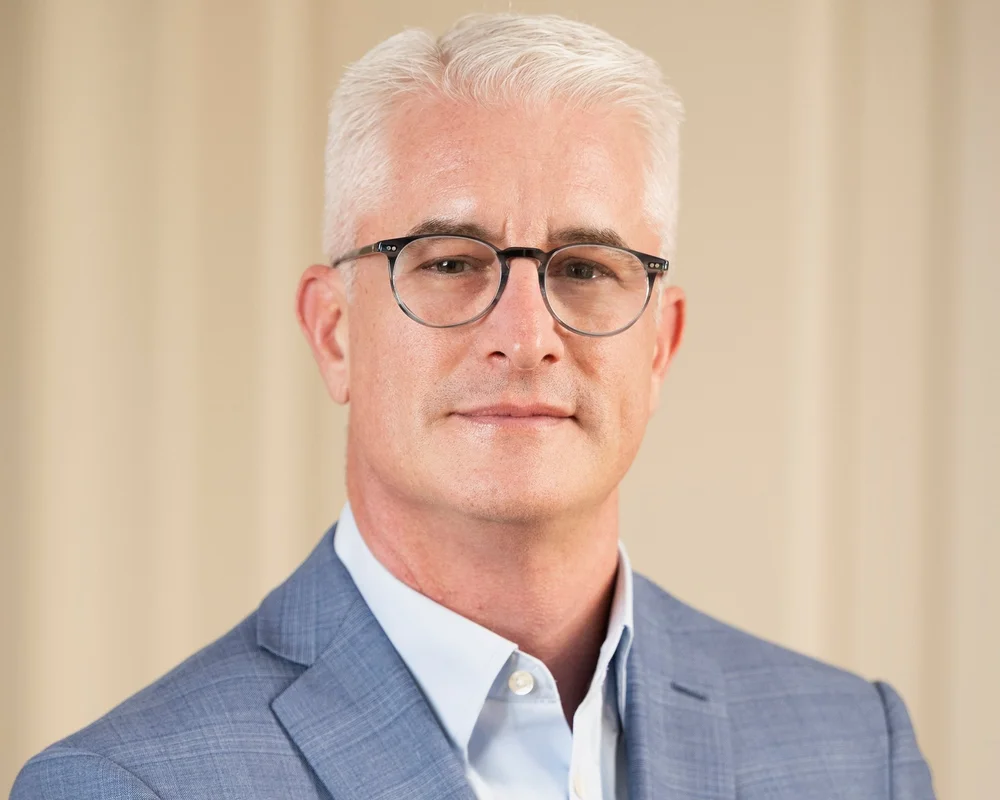The Washington Post this morning has an interesting piece about the FCC’s new plans for public super WiFi networks across the country. It has me a bit puzzled, because it looks like a reincarnation of the municipal WiFi movement of a few years ago. The prospect of free broadband connectivity around town, enabling cell phone users to offload virtually everything and avoid paying for minutes and such was always a big draw.
But most such efforts went down in flames for a reason though. Local governments suddenly realized that they would be on the hook for more than they bargained for, and the service providers they were working with realized there was a minor thing missing from the business model – like a profit.
So what’s changed? Apparently, one big new wrinkle is the spectrum the FCC is hoping to commit to the idea, which would give WiFi signals better penetration power. That could make it usable from within homes as an alternative to DSL or Cable for the thrifty. Another is the fact that the mobile data wave is no longer just a projection, it has become reality. As video traffic continues to rise and wireless carriers struggle to find ways to charge more for heavy usage, there could be a real need for another offload ramp.
The wireless carriers of course have a different idea. Unsurprisingly, they want the spectrum itself to bolster their 4G networks when spectrum availability inevitably tightens. They’d rather not have any public offramps at all, despite the fact that their business model is already trying to figure out just how to balance the cost of capacity expansion at without parallel revenue expansion. Competing with public/free is even less palatable than having someone else take the data hogs off their hands, apparently.
But what’s missing from the discussion so far is just who would be building and operating these things? What exactly would make them ‘free’? After all, there are still base stations and backhaul to install and operate, so would this be tax dollars at work? From what I’ve seen, cities love this idea until they have to pay for them. Meanwhile, the likes of Earthlink are not likely to dive back into that pool again without some serious incentives (if at all). There is the WISP community out there actually making money at this sort of thing albeit on a small, local scale generally. Perhaps the FCC is (or ought to be) reaching out to them with this plan.
If you haven't already, please take our Reader Survey! Just 3 questions to help us better understand who is reading Telecom Ramblings so we can serve you better!
Categories: Government Regulations · Wireless






Advertising money can easily pay for it and ensure profit or at least cover costs. Both business case and technology for ad-funded Internet access already exist (management tools, bandwith throttling etc.).
For carriers/sevice providers that can work with nationwide as well as local advertisers this could be a sustainable model. For more information: pk @ telecompro . eu.
Why, Google, of course.
🙂
And of course cellcos hate this: it will kill them. Between the building penetration of 600MHz, the LTE it would no doubt be provisioned with, and VoIP, this takes away all their reasons for living…
Carriers’ reasons for living are revenue and profit, but not necessarily in a way of a monthly fee from a subscriber. If the subscriber’s usage is paid for with advertising money, it is fine. Look at most of Internet portals: do they charge for contents? No. Because they are paid by advertisers. If your service providers weaves full-page ads into your Internet session, a reasonable business model is possible. The same goes for all those WiFi hotspots that cause so much headache for carriers.
This was nothing ore than a case of Cecilia not having a clue what she was writing about, getting it 90% wrong and it getting out of hand.
Thanks for the WISP plug!